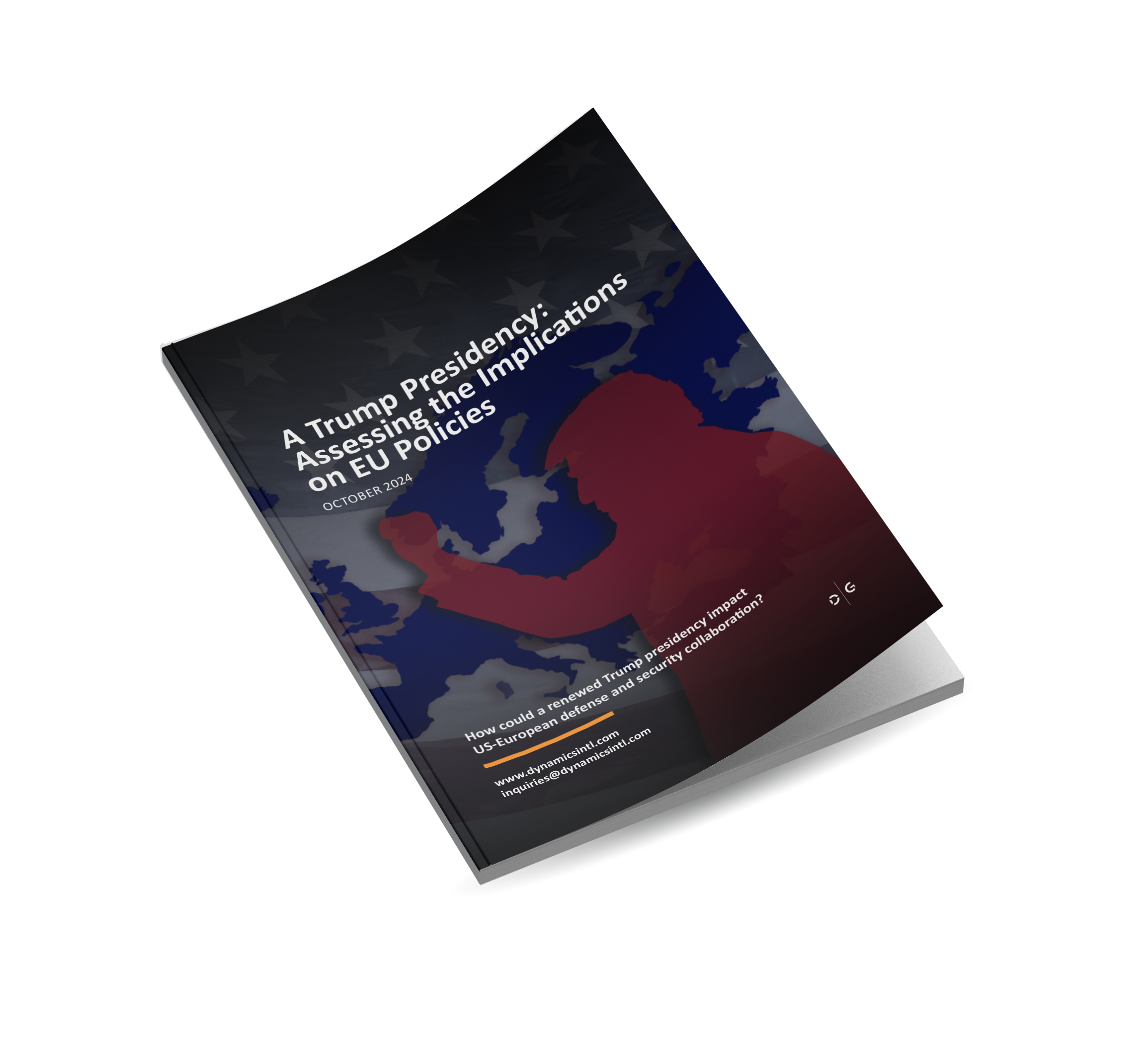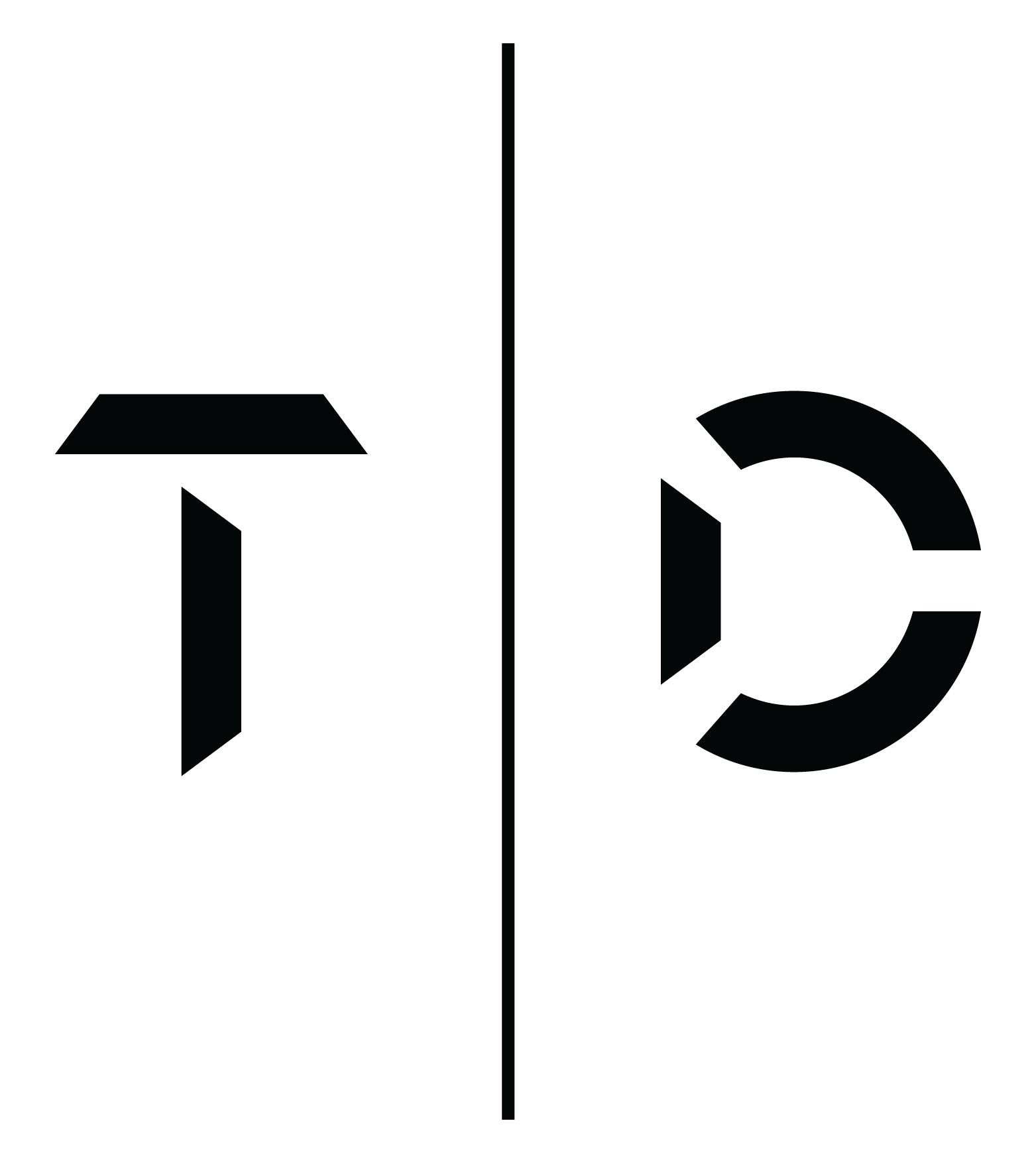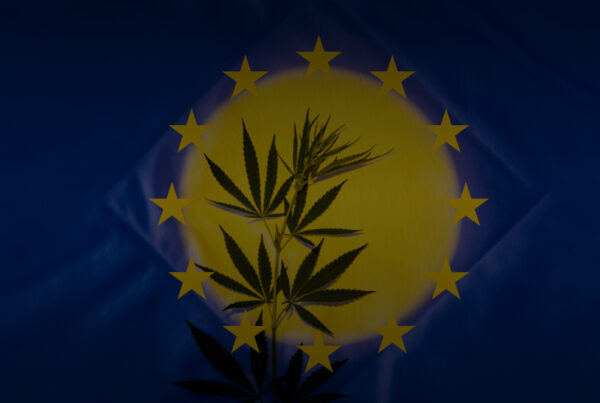Listen to the article – A Trump Presidency: Assessing the Implications on EU Policies
The US represents a pillar of defense and security as well as an ultimate support system for many European countries.
Centuries of built traditional collaboration between the US and Europe could be seriously threatened by a renewed Trump presidency if his policy measures are implemented steadily. Europe would be left without a valuable ally, chaotically scrambling to fulfill the void by aligning with other nations for mutual interest predominantly for security and economic purposes. Taking into consideration Trump’s signature “America First” approach, coupled by a nationalistic rhetoric and skepticism towards traditional alliances, including NATO and the EU, his potential new term in office will not differentiate much from this agenda. As a continuation of these political efforts, Trump’s supporters have already published a program document entitled “2025: Mandate for Leadership.” Although multiple provisions of the guide raise questions and concerns on the future direction of US foreign policy, one aspect seems extremely troublesome for Europe; the complete reexamination of US priorities when it comes to NATO and the EU.
The potential removal or discontinuation of highly valuable political arrangements between the US and the EU could cause a complete change of the geopolitical archetype and usher a way for the formation of alternative security alliances. Regardless of their political nature, Trump’s potential win and return to the White House will prompt EU member states to reevaluate their strategic and political behavior in their relationship with the US. Meanwhile, Europe will face a deep uncertainty on strategic issues coupled with the rise of far-right and anti-immigration sentiment, as EU leaders grapple with the consequences of a more disengaged and isolated US foreign policy. Therefore, the aim of this report is to provide an overview of the possible implications on EU policies and the regional security in Europe affected by another Trump presidency. Ultimately, this assessment will give a synopsis of the geopolitical risks and challenges that lie ahead for the European Union, assisting relevant stakeholders, political and corporate, to make prompt and effective decisions.
How can we help?
Intelligence Solutions
The combination of business, market and strategic intelligence ensures result-driven outcomes for our customers.
Risk management
Risk management through the responsibility of taking risk ownership while ensuring safety and security
Strategic Advisory
The first step in protecting your organization, assets and people is the identification of the risks and threats.
01
Political Implications
01
Political Implications
The potential return of Donald Trump to the US presidency is likely to have profound effects on the political dynamics within the EU. European political and corporate leaders will need to consider several major issues including transatlantic relations, the rise of populism and right-wing movements, acceleration of EU strategic autonomy and increased pressure on the EU decision-making process by external forces.
Transatlantic Relations
Trump’s first term in office brought an extremely tense atmosphere on the European continent, coupled with constant criticism of European-NATO allies for their defense spending. In turn, this contributed to strained political relations with EU leaders and friction within the alliance as member-states faced varied political priorities and economic problems. Taking into consideration Trump’s current political platform, this situation is likely to resume if he is re-elected, deepening the rift between the US and Europe. Consequently, European leaders, anticipating another period of unpredictable US foreign policy, are currently exploring independent defense and economic strategies. Germany, France and other key EU nations have already established crisis groups to prepare for various scenarios following the outcome of the 2024 US presidential elections[01].
Download Report
A Trump Presidency: Assessing the Implications on EU Policies
How could a renewed Trump presidency impact US-European defense and security collaboration?
Additionally, Trump’s policy of reduced EU/NATO engagement could inadvertently encourage adversaries like Russia to increase their sphere of political influence in Europe. The European Commission has already expressed concerns about Russian meddling in elections and the overall political landscape in Europe. Therefore, such tensions will most likely fuel the rise of political and ideological movements across Europe.
Rise of Populist and Far-Right Movements Across Europe
Populist movements across the EU, fueled by anti-immigrant sentiment, economic difficulties, and the so-called “euroscepticism,” seem to have gained momentum. Trump’s possible reelection might further inspire these groups by providing a successful model of anti-establishment politics. For instance, in Germany, the right-wing Alternative for Germany (AfD) has formed a new group in the European Parliament, indicating a surge in populist confidence.
Similarly, France’s far-right National Rally has joined the Patriots for Europe bloc initiated by Hungarian Prime Minister Viktor Orbán, now the third-largest group in the EU Parliament. These developments could lead to a more fragmented and polarized EU Parliament, complicating decision-making processes and weakening the bloc’s unified stance on critical issues. Furthermore, Trump’s populist rhetoric and differences in cultural and social policies could add further complexity to transatlantic relations and amplify similar movements within the EU, possibly leading to political instability and challenges in maintaining overall EU cohesion.
Acceleration of EU Strategic Autonomy
In response to the unpredictability of the US ally, the EU will most likely expedite its push towards strategic autonomy, which includes independent decisions and actions in defense, economic and diplomatic areas. Initiatives like the European Defense Fund and joint military procurement demonstrate the EU’s intent to become self-reliant, especially when it comes to security matters, which brings greater nation-state accountability in itself.
Furthermore, EU’s support for Ukraine in the ongoing conflict with Russia additionally illustrates its unwavering commitment to asserting its role in regional security, regardless of possible changes in US foreign policy. Finally, Trump’s unpredictable approach to foreign policy will urge the EU to seek a foreign relations approach that counterbalances the shift in US global activities, seeking alternative allies and partners.
Increased Pressure on EU Decision-Making Processes
The above developments combined could lead to a more fragmented and polarized EU Parliament complicating decision-making processes and weakening the bloc’s unified stance[2] on critical issues. The recent alliances among right-wing parties[3] also demonstrate the growing coordination and influence of populist forces, which are already shifting EU policies[4] on immigration, national sovereignty and relations with the US and Russia.
The consequences for the EU decision-making process could be rather grave and include the following components:
- Fragmentation in the EU Parliament: The growing influence of populist and right-wing parties is seen as a catalyst for a more fragmented legislative body. This fragmentation would make it extremely difficult for the Parliament to reach consensus on critical policies, slowing down decision-making processes and potentially resulting in contentious debates without clear resolutions.
- Impact on EU Policies: As these parties gain more influence, traditional centrist and pro-European factions may find it increasingly difficult to maintain a unified position on important issues. This could lead to a legislative stalemate, where key reforms and directives struggle to pass due to a lack of agreement among the diverse political factions.
- Internal and External Pressures: The rise of Eurosceptic sentiments fueled by populist movements could lead to more member states questioning their level of integration or even their membership in the EU. This internal friction could divert attention and resources away from addressing external challenges and diminish EU’s ability to act as a unified entity on the global stage.
- Crisis Response and Cohesion: In times of crisis, a divided EU Parliament might find it hard to agree on swift and effective measures, potentially weakening the bloc’s response to economic, social, or geopolitical challenges. Differing approaches to issues like immigration and foreign policy could undermine the collective strength and cohesion of the EU.
- Institutional Reevaluation: A more fragmented political landscape would trigger various groups demanding reforms within EU’s institutional framework. Changes that might follow would undermine the established order and political weight of major EU institutions including the European Commission, the Council of Europe and the European Parliament. This, in turn, would have a cascading effect on other agencies and organizations that depend on key European institutions.
02
Military Realignment / Defense Implications
02
Military Realignment/ Defense Implications
The potential return of Donald Trump to the US presidency will most likely have a profound effect on the defense dynamics within the EU.
Key areas of concern include the pressure on NATO and defense spending, the acceleration of independent EU defense initiatives, shifts in regional security dynamics and an emphasis on EU’s military-industrial complex.
Pressure on NATO and Defense Spending
Trump’s previous criticism of European-NATO allies over their defense spending caused significant tensions within the alliance. His potential return could reignite these issues, with increased demands for EU members to boost their military budgets. This pressure may lead to a reassessment of NATO’s role and structure pushing EU countries to enhance their own defense capabilities independently.
During Trump’s first term, his policy of reduced NATO engagement inadvertently encouraged adversaries like Russia to step-up their domain of influence, prompting the EU to manage its security more independently. This scenario is likely to recur once again, deepening the rift between the US and Europe. European leaders, anticipating another period of unpredictable US foreign policy, are exploring independent defense strategies to mitigate the impact of diminished US engagement.
Acceleration of Independent EU Defense Initiatives
In response to the unpredictability of the US ally, the EU will have no choice but to expedite its push towards strategic autonomy. Initiatives like the European Defense Fund and Joint Military Procurement demonstrate the EU’s intent to become self-reliant, especially when it comes to security matters. The focus will be on building strong and independent defense mechanisms to counterbalance the reduced reliability on US support. The following steps have been already considered:
- Deepening Integration:Accelerating the development of a common security and defense policy (CSDP) to create a more cohesive European defense architecture.
- Pooling and Sharing:Maximizing resources through joint procurement, research and development.
- Permanent Structured Cooperation (PESCO):Expanding PESCO projects to create a more robust European defense capability.
EU’s ongoing support for Ukraine in the conflict with Russia has already demonstrated European commitment to a more assertive role in regional security. This commitment is likely to drive further investment in independent defense initiatives, enhancing the EU’s ability to respond to security challenges without totally relying on US or NATO.
Shifts in Regional Security Dynamics and New Strategic Partnerships
The potential changes in US engagement when it comes to European security under a Trump presidency could drastically change regional security dynamics. The EU will have to adapt to a new security landscape where US involvement is less predictable or even completely absent by diversifying its relationships. Central to this change is likely to be the cultivation of new strategic partnerships.
Several countries of the European Union have already discussed creating alternative partnerships or even smaller security blocks as a response to the growing Russian threat and other security challenges. Potential partners could include:

- Other NATO Allies: While the US is a key NATO member, other allies such as Canada, the UK and France could assume more significant roles in European security. These countries possess substantial military capabilities and share common security interests with the EU. France has already stepped up its role and indicated its theoretical preparedness even to expand nuclear defense over the entire EU bloc if necessary. UK stands as another nuclear capable country, which can contribute to the nuclear deterrence for the European Union on a mutually beneficial basis.
- Nordic and Baltic States: These countries have demonstrated a strong commitment to defense spending and have been consistently upgrading their military capabilities over the past decade. They could become key partners in various regional security cooperation groups.
- Australia and New Zealand: These Indo-Pacific nations have advanced defense industries and share similar security concerns with Europe. Partnering with them could provide access to new technologies and intelligence.
- South Korea: With a growing defense industry and technological advancements, South Korea could offer opportunities for cooperation in areas like missile defense and cybersecurity.
- Japan: The EU and Japan have been increasing security cooperation (especially after the signing of the EU-Japan Strategic Partnership Agreement in 2018)[5] and building a strong partnership which includes intense dialogues on new defense technology, maritime security and risk management.
Emphasis on EU’s Military-Industrial Complex
The EU defense industry is a serious and capable global player, with the capacity to produce an entire range of military equipment, from camouflage and firearms to long-range missiles and aircrafts. However, in terms of actual numbers, the EU military-industrial complex struggles to sustain a large-scale war without US cooperation. As the ongoing war in Ukraine demonstrated, European military production lines are unable to cover the current needs for adequate support of Ukraine’s war efforts, let alone make strategic reserves in weapons and ammunition for potential continental conflicts in the future.
The situation is further exacerbated by the fact that most of the critical components for high tech weapons systems have been designed and partially produced in the United States while combat information and intelligence systems are shared through NATO HQ in Brussels. This makes the defense complex of the European Union very dependent and tied to US manufacturers. Thus, whether EU will be stockpiling weapons and ammunition for its own defense, or will be aiding Ukraine,[6] it will face a dilemma – funding the US military-industrial complex through purchases or boosting its domestic defense industry.
Purchasing weapons and other military equipment would allow US industries to earn significantly, invest in, and develop new military technologies, which in turn would further increase the EU dependence on American weapons.[7] Alternatively, EU countries could ramp up their own military industrial complex.[8] However, there is a risk of post-war overcapacity and inability to return today’s investments.[9]
Clearly, both options would require an additional financial burden on all EU members, which would become a major point of internal contention.
03
Effects On The EU Stance Regarding The War In Ukraine
03
Effects On The EU Stance Regarding The War In Ukraine
Assessing the military implications for the EU, it is important to highlight that the possible reelection of Donald Trump as the next President of the United States raises several important questions for the European Union in the context of the war in Ukraine.
One particularly pressing issue is whether the EU can replace the US as the principal financier of Ukraine’s war efforts. Trump’s team has repeatedly asserted that Europe should bear the primary financial burden of this conflict. However, there are several critical issues undermining EU’s ability to become the leading donor including EU’s economic capacity, internal cohesion, military capabilities and the broader geopolitical dynamics involving NATO and Russia.
Despite EU’s economic challenges following the start of the war in Ukraine, it remains one of the wealthiest regions globally.[10] In 2023, EU’s combined GDP exceeded $18 trillion.[11] This figure excludes contributions from non-EU countries like the United Kingdom, Norway and Switzerland, which have also been significant donors to Ukraine. Yet, raw economic figures do not directly translate into guaranteed support for Ukraine. Several critical issues undermine EU’s ability to become the leading donor.
- Internal Divisions and Lack of Unifying Force: There is a considerable split between EU bureaucracy and national political elites, which affects the block’s ability to support Ukraine financially.[12] This internal disagreement makes it difficult to mobilize the necessary economic resources. The absence of a leading power to keep Europe united contributes to fragmented decision-making processes further complicating any efforts to allocate and manage substantial financial support for Ukraine. Without a central “figure” to drive policy, EU’s economic potential remains limited.[13] Trump’s return could exacerbate these divisions, as his administration may reduce coordination and support for collective EU efforts.
- Absence of a Clear Geopolitical Agenda: As a block of 27 nations, the EU lacks a unified geopolitical strategy, which results in inconsistent and often conflicting approaches to foreign policy and financial aid. This ambiguity undermines EU’s ability to present a strong, united front capable of matching US financial support.[14] The EU bureaucracy, without US backing, struggles even to articulate, let alone implement, a coherent economic strategy to support Ukraine effectively. Trump’s potential disengagement from international alliances could further destabilize EU’s geopolitical coherence.
Risks of European Involvement
The use of linear strategies, which involve predictable and incremental increases in aid and support, clearly showed that Ukraine and Western allies are at a disadvantage against Russia.[15] So far, these strategies failed to produce decisive outcomes and only prolonged the conflict with high costs and uncertain results.[16] Without significant changes, a frontline collapse[17] or an “Afghan scenario[18]” could occur, where Western countries reduce aid to the extent that Ukraine can no longer resist.
There are two non-linear responses, which involve more unpredictable and bold actions, that include:
- Escalation: Providing Ukraine with advanced weaponry to strike deeper into Russian territory. This would significantly increase the operational costs for Russia but also escalate the conflict raising the risk of a broader war. Trump’s administration, known for its unpredictable foreign policy, is unlikely to endorse such a strategy.
- Direct Military Involvement: Deploying regular NATO troops to support Ukraine. This would represent a major escalation, potentially drawing NATO into direct conflict with Russia with all the risks of a wider war. Given Trump’s previous skepticism about NATO and preference for reducing US involvement in foreign conflicts, this scenario appears even less probable.
Consequently, such scenarios could substantially increase Russia’s costs in the war but do not guarantee Ukraine’s victory. The US has not pursued such scenarios over the past two years. Trump is even less likely to opt for these strategies. European countries collectively deciding to escalate the conflict against Russia without the “American umbrella” seems even less plausible. Without disrupting the linear course of the conflict – Ukraine loses, making it senseless to invest in its support, even at the current levels.
04
Economic Implications
04
Economic Implications
The likelihood of Donald Trump returning to the US presidency could introduce significant economic risks for the European Union.
The anticipated “America First” program and other initiatives are expected to materialize in protectionist trade measures, create economic uncertainty, diminish technological collaboration and alter energy security policies. These policies are likely to affect global supply chains, potentially disrupting or redirecting them, which could severely impact EU’s economic stability and growth.
Trade Tensions and Potential Trade Wars
During Trump’s previous tenure, he managed to implement various protectionist measures,[19] including tariffs on steel and aluminum imports worth $80 billion, which significantly impacted EU exports. If he returns to office, similar policies could be reinstated leading to increased costs for European goods entering the US market.[20] This would force EU exporters to either cover these costs themselves, reduce their profit margins or pass them on to consumers, potentially reducing their competitiveness in the US market.
To mitigate these impacts, the EU has started diversifying its trade relationships,[21] seeking alternative markets in Asia, Africa and Latin America. Recent EU trade agreements with Japan and the Mercosur countries[22] prove that the block is expanding market access beyond traditional partners. Similar initiatives have been observed in various countries of North Africa, where EU corporations have been actively building relationships with local authorities and businesses.[23] However, this process is fraught with numerous problems stemming from varied approaches by EU member-states and the level of collaboration between certain EU countries and their counterparts in other regions.
Economic Uncertainty and Investment Challenges
Political instability[24] that might result from strained relations with the US under President Trump, could deter foreign investment in the EU. Normally, investors seek stable and predictable environments, which means that the uncertainty surrounding US trade policies and complicated transatlantic relations could make the EU less attractive.[25]
This, in turn, could slow down economic growth and expand the already existing economic disparities within the bloc.[26] The potential imposition of new trade barriers[27] could further complicate market access leading to higher costs and reduced profit margins for EU businesses. Such economic pressure may compel companies to reconsider their strategies of working/collaborating with the US prioritizing other regions with fewer diplomatic tensions and more consistent policies.
How can we help?
Intelligence Solutions
The combination of business, market and strategic intelligence ensures result-driven outcomes for our customers.
Risk management
Risk management through the responsibility of taking risk ownership while ensuring safety and security
Strategic Advisory
The first step in protecting your organization, assets and people is the identification of the risks and threats.
In addition, any downward shifts in investments are likely to result in reduced job creation[28] in sectors that depend on foreign capital causing all kinds of economic problems across Europe. Finally, these effects could lower consumer confidence and spending, which are essential elements of the EU internal market.[29]
Digital and Technological Collaboration
The US and the EU have historically been strong partners in various digital and technological sectors. Trump’s return could hinder these collaborations as announced in his program, with policies that would favor domestic over international technological development.[30] This will impact joint research initiatives,[31] technology transfer and the overall pace of innovation and technological advancement within the EU.
In response, the EU will have to increase investments in technological infrastructure and research, which would be hard due to already present signs of economic stagnation and the ever-growing expenses on support for Ukraine. Therefore, the EU is likely to seek new partnerships with other technologically advanced regions such as East Asia,[32] which will inevitably change the overall technological development doctrine and direction within the bloc.
Repercussions for Energy Security and Supply Chains
Energy security and supply chains are critical areas where the EU could face challenges should Trump return to the presidency. Trump’s energy policies have historically favored the fossil fuel industry promoting[33] increased oil, gas and in some cases even coal production while rolling back on environmental regulations. This approach contradicts with the EU’s so called “Green Agenda,” which aims to make Europe the first climate-neutral continent by 2050 through considerable investments in renewable energy, energy efficiency and sustainable technologies.[34]
Trump’s administration is likely to prioritize fossil fuel exports,[35] including liquefied natural gas (LNG) to Europe. On one hand, this could lead to increased reliance on US fossil fuels and probable undermining of the EU’s renewable energy goals. On the other hand, increased US oil and gas exports to Europe could contribute for a certain stabilization of oil prices in the region and a disruption in Europe’s reliance on Russian oil.
Transatlantic Energy Cooperation
Another aspect of the US energy policy under Trump is what is referred to as Transatlantic Energy Cooperation. In a scenario where the US energy program focuses more on domestic priorities[36] and less on international energy cooperation there could even be a possible reduction in LNG exports to Europe or less favorable terms for such exports. Given Europe’s ongoing efforts to reduce dependence on Russian gas, any disruption in LNG supplies[37] from the US would represent major challenges for the EU energy security.
Faced with such uncertainty, the EU is likely to seek alternative energy suppliers[38] including countries like Qatar, Algeria and Norway. To deal with the proper and balanced distribution of energy resources, the EU will have to establish a unified energy market[39] and invest in cross-border energy projects. First indications that EU leaders have realized the potential dangers is their increased commitment to various initiatives like the Connecting Europe Facility (CEF) and the Trans-European Networks for Energy (TEN-E). However, all these efforts are in their inception phase, burdened by bureaucracy and competing interests of EU member states.
Supply Chain Disruptions
Political instability and protectionist trade policies[40] under potential Trump presidency could lead to significant disruptions in global supply chains. Trade barriers, tariffs and sanctions might affect the import and export of critical goods and raw materials, impacting industries such as automotive, pharmaceuticals and electronics within the EU.[41] Moreover, the looming large-scale conflicts in the MENA region as well as in some African countries, where the US continues active engagement, are likely to affect major transportation corridors towards Europe.[42]
To mitigate these risks, the EU will have to seek alternatives, which all point towards major continental suppliers of raw materials like Russia, China and countries of Central Asia region.[43] This could also involve the so-called “reshoring manufacturing capabilities[44]”, essentially restoring now stagnant and forgotten production lines and extraction facilities in various parts of Europe. This would also incentivize the EU to establish new and expand the existing trade agreements and partnerships with neighboring countries outside the bloc.[45]
The potential changes in global trade dynamics under a Trump presidency could impact EU’s infrastructure development plans. Investment in cross-border energy projects and the development of a unified energy market will be essential to support EU’s long-term energy security goals. The EU will need to navigate complex geopolitical landscapes, balancing the need for energy security with environmental sustainability and economic stability.
05
End comments
05
End comments
As Europe braces for the upcoming economic, security and defense challenges, the possibility of Trump’s reelection as President of the US, brings another level of uncertainty and heightened tensions for US-EU future relations.
For political decision makers such geostrategic shifts would most likely signify enormous financial pressure to subside defense spending and avoid an economic crisis within their nation states. This would inevitably place greater responsibility on EU leaders and also immense political accountability for any failed attempts, bringing into question the economic stability of the region and the effectiveness of the EU legislative bodies. As a result, there would be a free pathway for the rise of Russian influence on the European continent in many segments where the US will cease its support, with Europe bearing the major financial burden for the war in Ukraine.
Subsequently, corporate stakeholders and businesses need to take into consideration the possibility of increased trade barriers, amplified regulatory difficulties and tangled bureaucracy for registration of potential new business within the EU. The shift in geopolitical stability and the creation of new alliances would most definitely imply drastic changes in Europe’s investment strategies, especially in regard to tax cuts and burdened investment conditions. Therefore, businesses and corporations must be extremely prepared and effective in responding swiftly to such economic and security challenges that Europe might face from a possible Trump presidency. Following is the second part of this report that will identify in detail the specific indicators that stakeholders should monitor in order to make relevant decisions on the investment and security climate in Europe.

ARTICLE | 26 PAGES






